A modern-day Japanese college student is about to go on a date with his girlfriend Kumiko, who has found a particularly interesting book about ancient Japanese history in the local library. On the way to the date the young man is attacked by demonic creatures and saved by the devil summoner Kyōji Kuzunoha. Shortly thereafter, Kumiko is kidnapped by a mysterious man named Sid Davis, who hunts her boyfriend down and kills him. It appears that Kyōji was killed as well, but the student’s soul is miraculously transferred into his body. Taking Kyōji’s identity, the young man must now fill his place as a devil summoner, liberating the city from demons and locating Sid Davis in an attempt to rescue Kumiko.
Devil Summoner continues the tradition of Megami Tensei games, being a role-playing game with a heavy emphasis on dungeon crawling and communication with randomly encountered enemies. Unlike the main Shin Megami Tensei series, the game is set entirely in modern-day Japan. The player navigates the protagonist on an overhead city map, while individual locations are maze-like 3D dungeons explored from a first-person perspective. For the most part the player controls the main protagonist and his associate Rei, while the other four available slots of an active party can be occupied by summoned demons.
Both human characters can use either swords or guns in battles, their efficiency depending on the particular enemy’s weaknesses. Weapons as well as ammunition for guns can be bought in shops. Rei and many demons can also cast a variety of offensive, supportive, and healing magic spells. First-person combat is turn-based, with player-controlled characters positioned in two rows, which affects their attack and defense values. When the hero and Rei level up the player must manually raise their parameters, further customizing their combat performance.
The player can avoid fighting randomly appearing enemies by opting to have a conversation with them. These conversations are more complex than in Shin Megami Tensei games, featuring a wider selection of dialogue choices. They may result in the demon joining the party or exchanging items, and their outcome depends on the demon’s personality type and current moon phase as well. Demons consume a type of energy known as magnetite when summoned, which is gained from defeating enemies and can be exchanged for money and vice versa. Two or three demons can be fused in special locations to create more powerful ones.
In addition, the game introduces a “loyalty” system: newly recruited demons have various degrees of loyalty, and might even disobey the player’s orders in battles if their loyalty level is too low. Loyalty can be increased through various means, depending on the personality of the demon. Most demons would gradually become loyal when repeatedly summoned and taken to fight enemies.
Specification: Shin Megami Tensei: Devil Summoner
|
User Reviews
Be the first to review “Shin Megami Tensei: Devil Summoner” Cancel reply
- Show all platforms
- 3DO
- Acorn Archimedes
- Acorn Atom
- Acorn Electron
- Action Max
- Amiga
- Amiga CD32
- Amstrad CPC
- Amstrad GX4000
- Android
- APF MP-1000
- Apple II
- Apple Pippin
- Arcade
- Atari 2600
- Atari 5200
- Atari 7800
- Atari 800
- Atari Jaguar
- Atari Jaguar CD
- Atari Lynx
- Atari ST
- Atari XE
- Bally Astrocade
- Bandai TV Jack 5000
- BBC Bridge Companion
- BBC Micro
- Casio Loopy
- Casio PV-1000
- Coleco Telstar Arcade
- Colecovision
- Commodore 128
- Commodore 16
- Commodore 64
- Commodore PET
- Commodore Plus/4
- Commodore VIC-20
- Didj
- Dragon 32/64
- Emerson Arcadia 2001
- Entex Adventure Vision
- Entex Select-a-Game
- Epoch Cassette Vision
- Epoch Super Cassette Vision
- Evercade
- Fairchild Channel F
- Famicom Disk System
- FM Towns Marty
- Fujitsu FM-7
- Gamate
- Game & Watch
- Game Wave
- Game.com
- Gizmondo
- GP32
- Handheld Electronic Games (LCD)
- HyperScan
- Intellivision
- Interton VC 4000
- iOS
- J2ME (Java Platform, Micro Edition)
- Jupiter Ace
- Mac OS
- Magnavox Odyssey 1
- Magnavox Odyssey 2
- Mattel Aquarius
- Mega Duck
- Microsoft Xbox
- Microsoft Xbox 360
- Microsoft Xbox One
- Microsoft Xbox Series X
- Milton Bradley Microvision
- MSX
- N-Gage
- Neo Geo
- Neo Geo CD
- Neo Geo Pocket
- Neo Geo Pocket Color
- Nintendo 3DS
- Nintendo 64
- Nintendo DS
- Nintendo Entertainment System (NES)
- Nintendo Game Boy
- Nintendo Game Boy Advance
- Nintendo Game Boy Color
- Nintendo GameCube
- Nintendo Pokémon Mini
- Nintendo Switch
- Nintendo Switch 2
- Nintendo Virtual Boy
- Nintendo Wii
- Nintendo Wii U
- Nuon
- Oculus Quest
- Oric-1
- Ouya
- Palmtex Super Micro
- PC
- PC-88
- PC-98
- PC-FX
- Philips CD-i
- Philips Tele-Spiel ES-2201
- Pioneer LaserActive
- Playdate
- Playdia
- R-Zone
- RCA Studio II
- SAM Coupé
- Sega 32X
- Sega CD
- Sega Dreamcast
- Sega Game Gear
- Sega Genesis
- Sega Master System
- Sega Mega Drive
- Sega Pico
- SEGA SG-1000
- Sharp X1
- Sharp X68000
- SHG Black Point
- Sinclair QL
- Sinclair ZX Spectrum
- Sinclair ZX81
- Sony Playstation
- Sony Playstation 2
- Sony Playstation 3
- Sony Playstation 4
- Sony Playstation 5
- Sony Playstation Portable
- Sony Playstation Vita
- Stadia
- Super Nintendo (SNES)
- Tandy Visual Interactive System
- Tapwave Zodiac
- Texas Instruments TI-99/4A
- Tomy Tutor
- TRS-80 Color Computer
- TurboGrafx 16
- TurboGrafx CD
- V.Smile
- Vectrex
- VTech CreatiVision
- VTech Socrates
- Watara Supervision
- WonderSwan
- WonderSwan Color
- Xavix Port
- Show all platforms
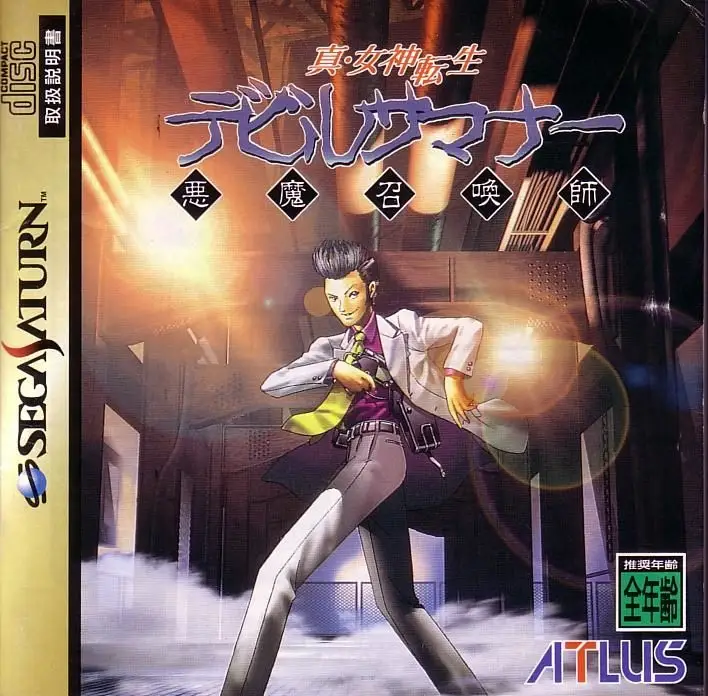


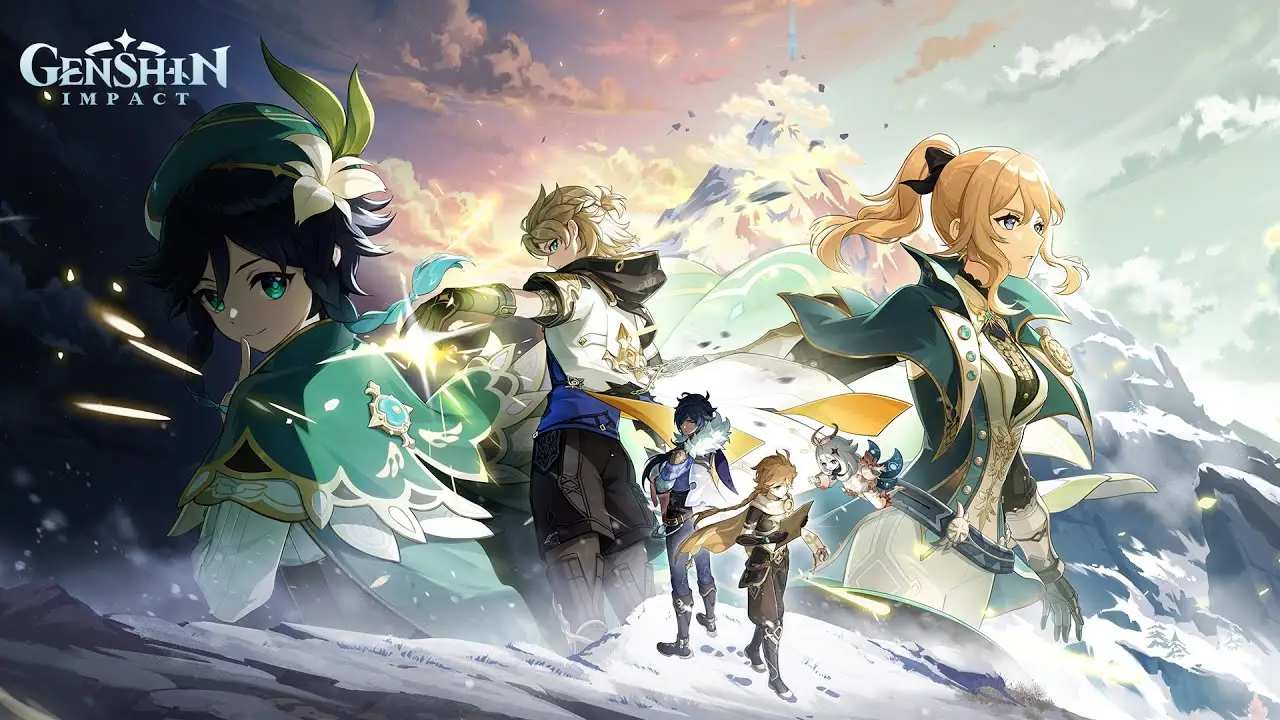
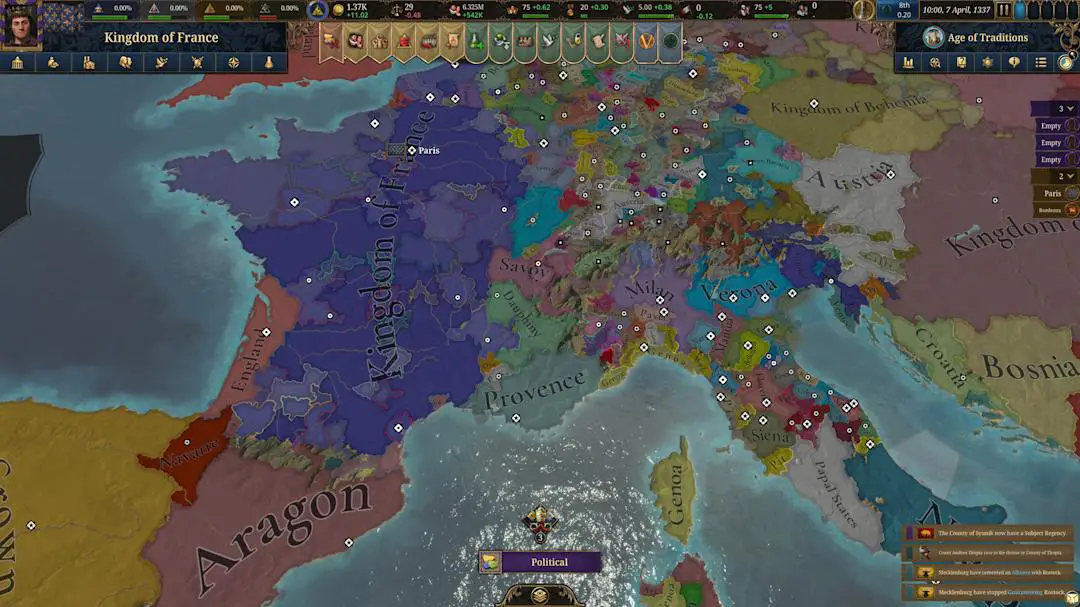

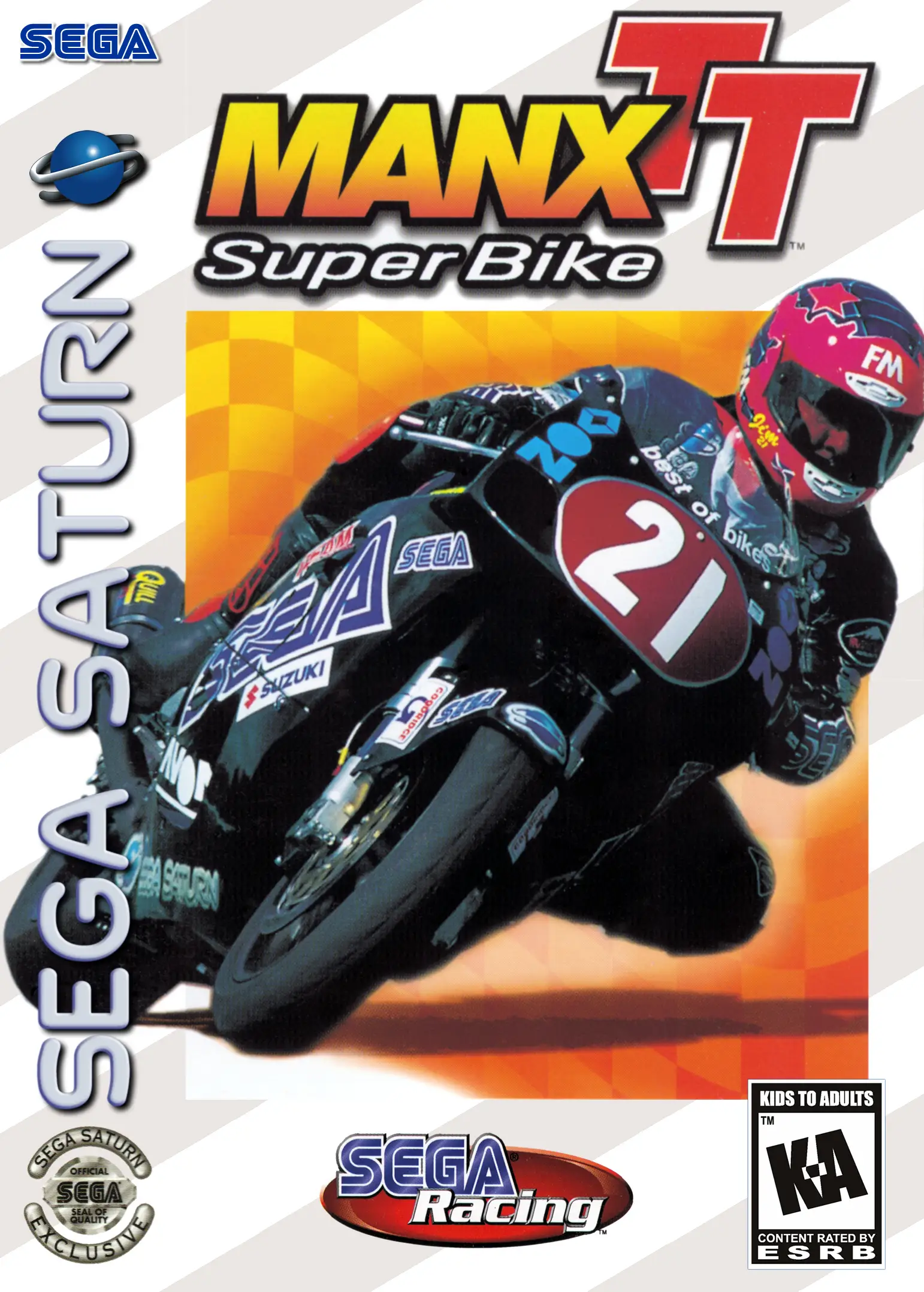
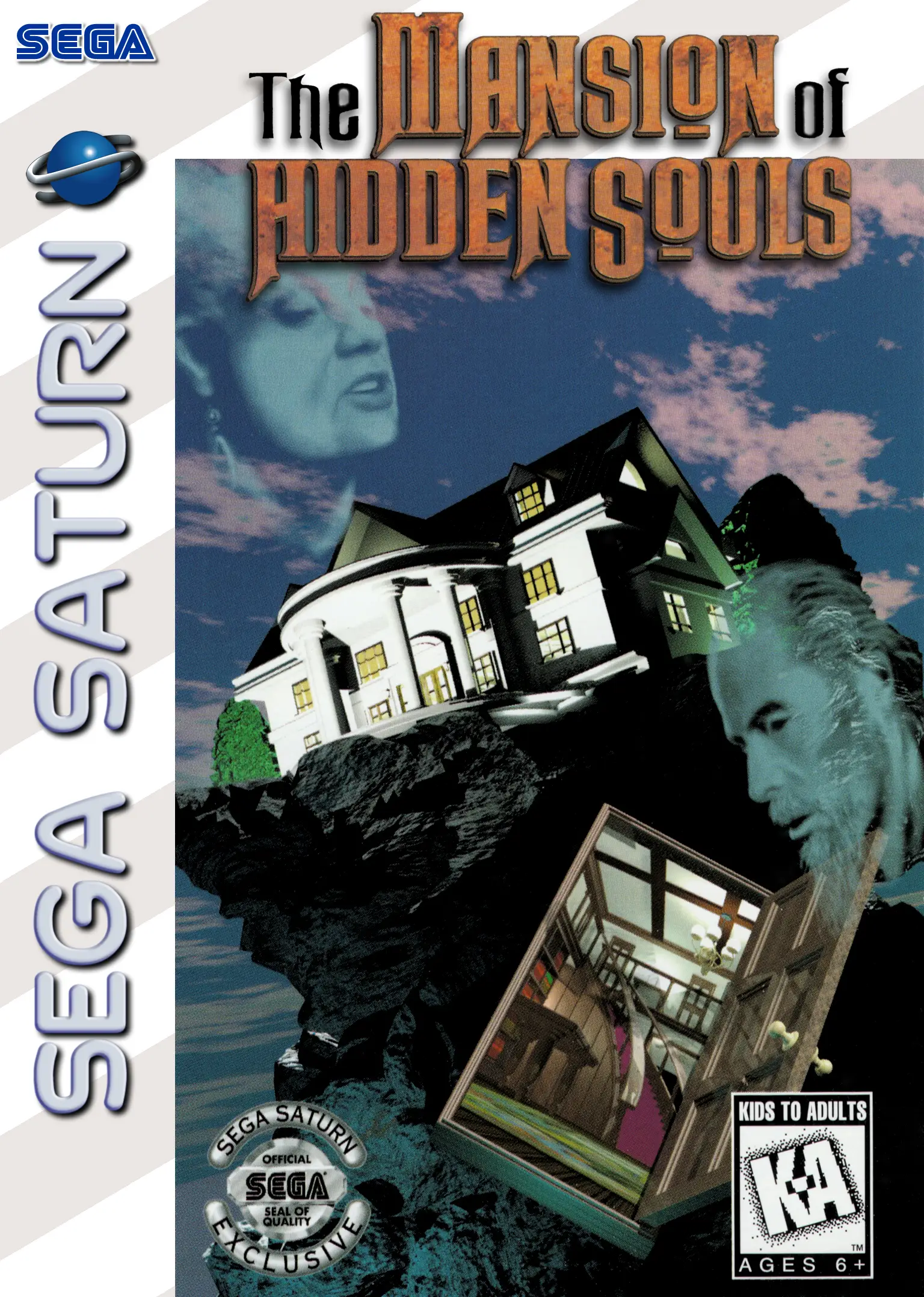
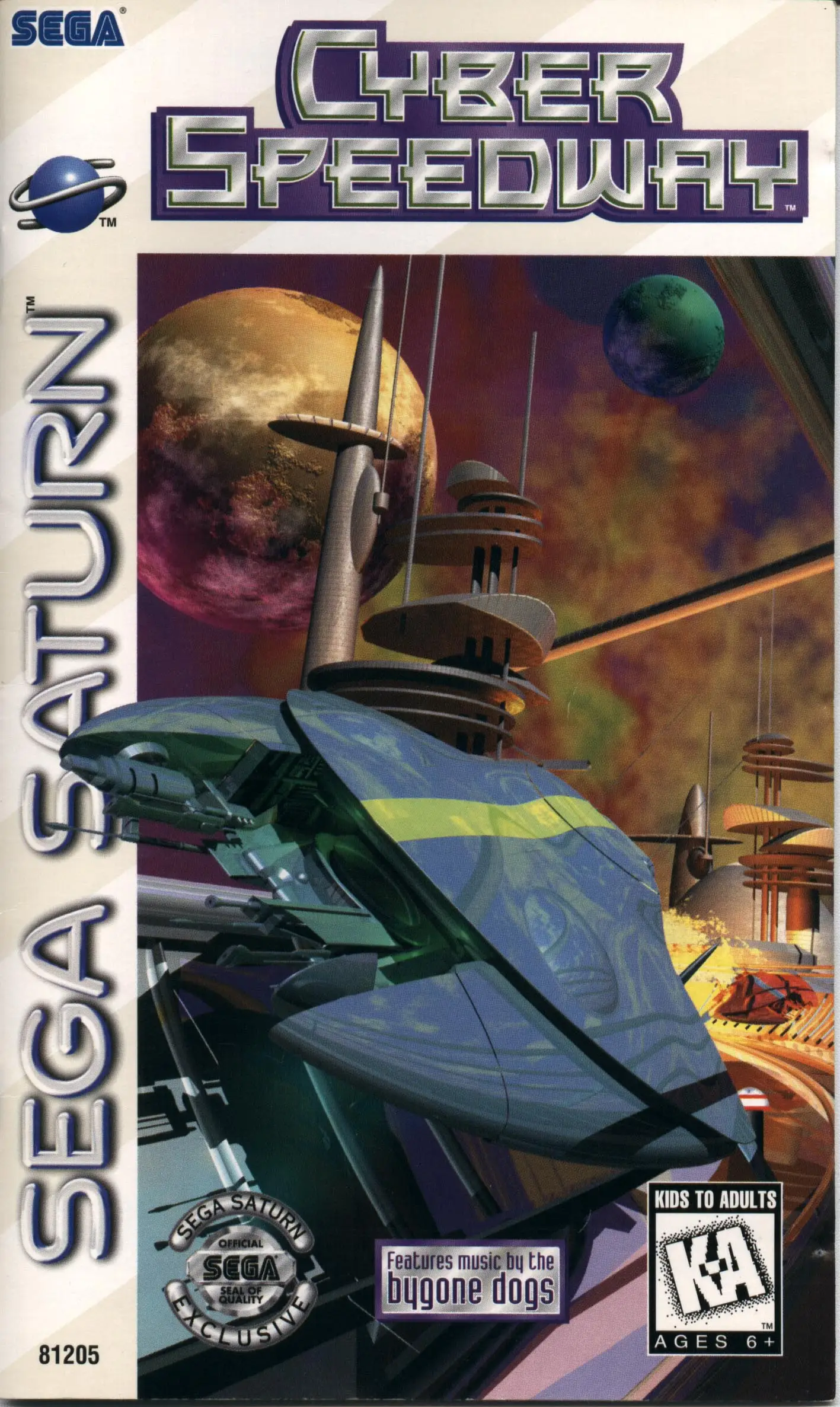
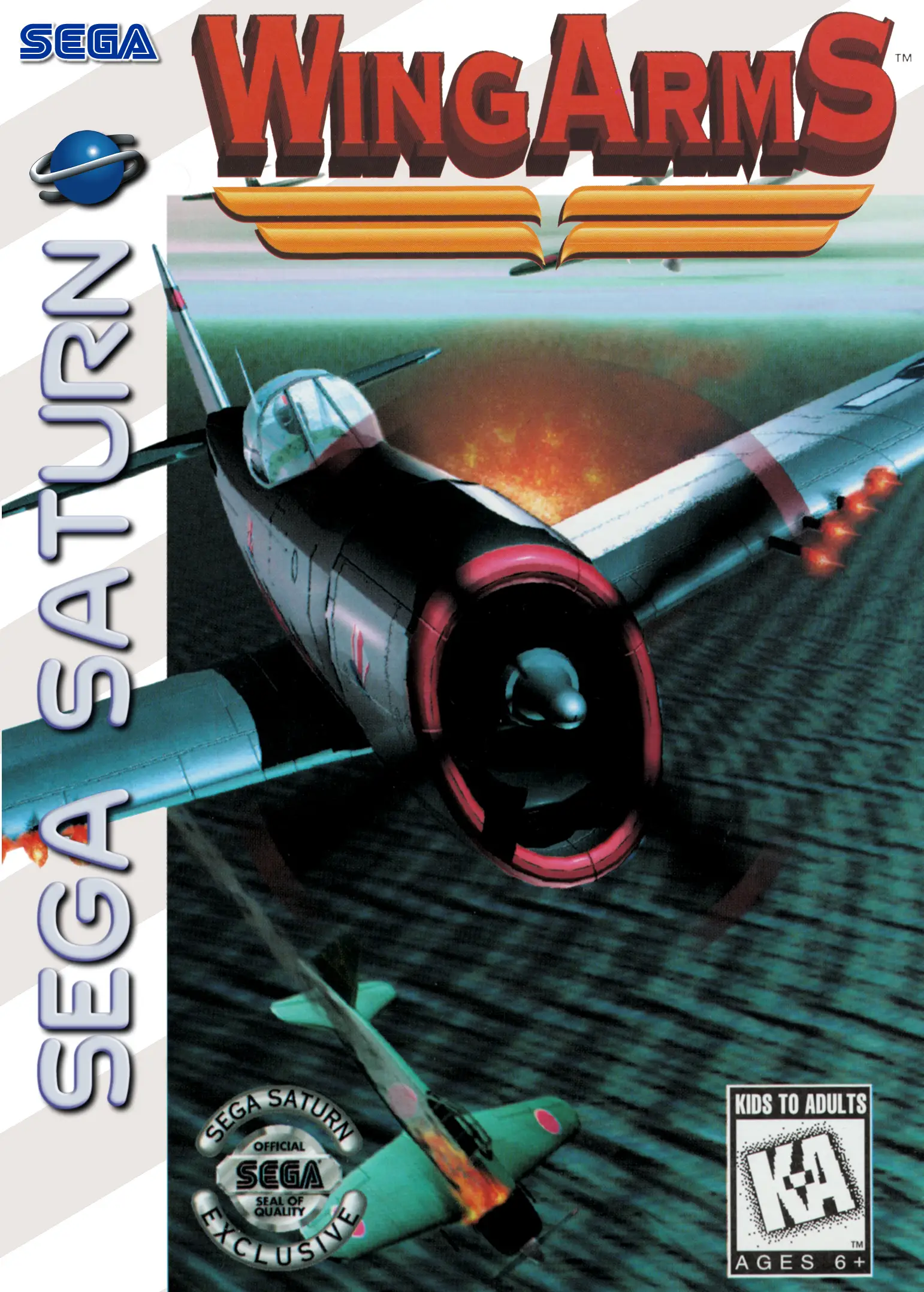
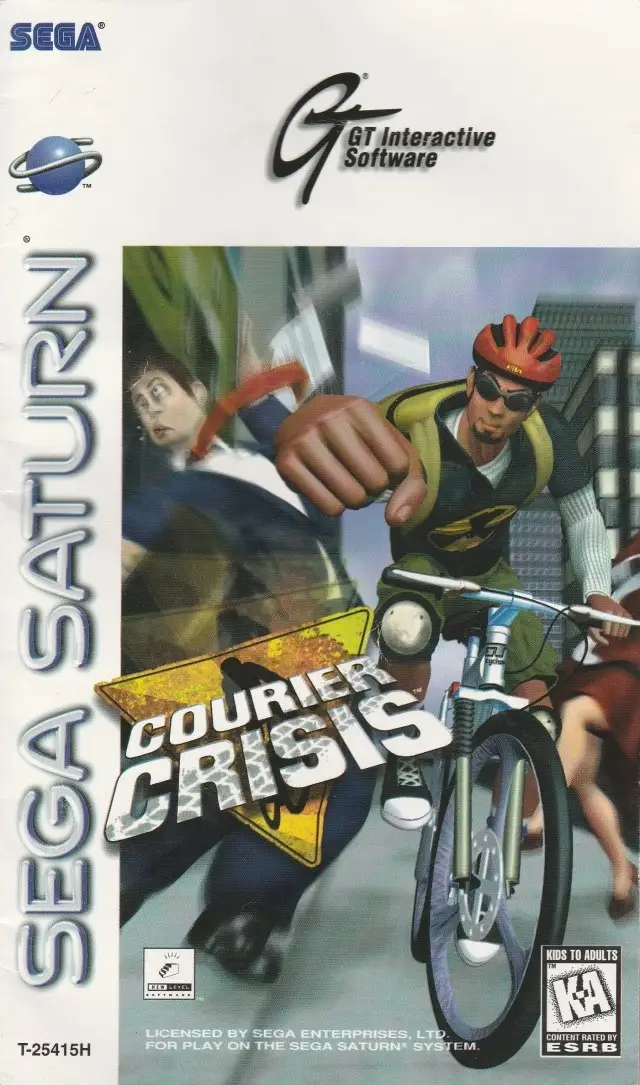
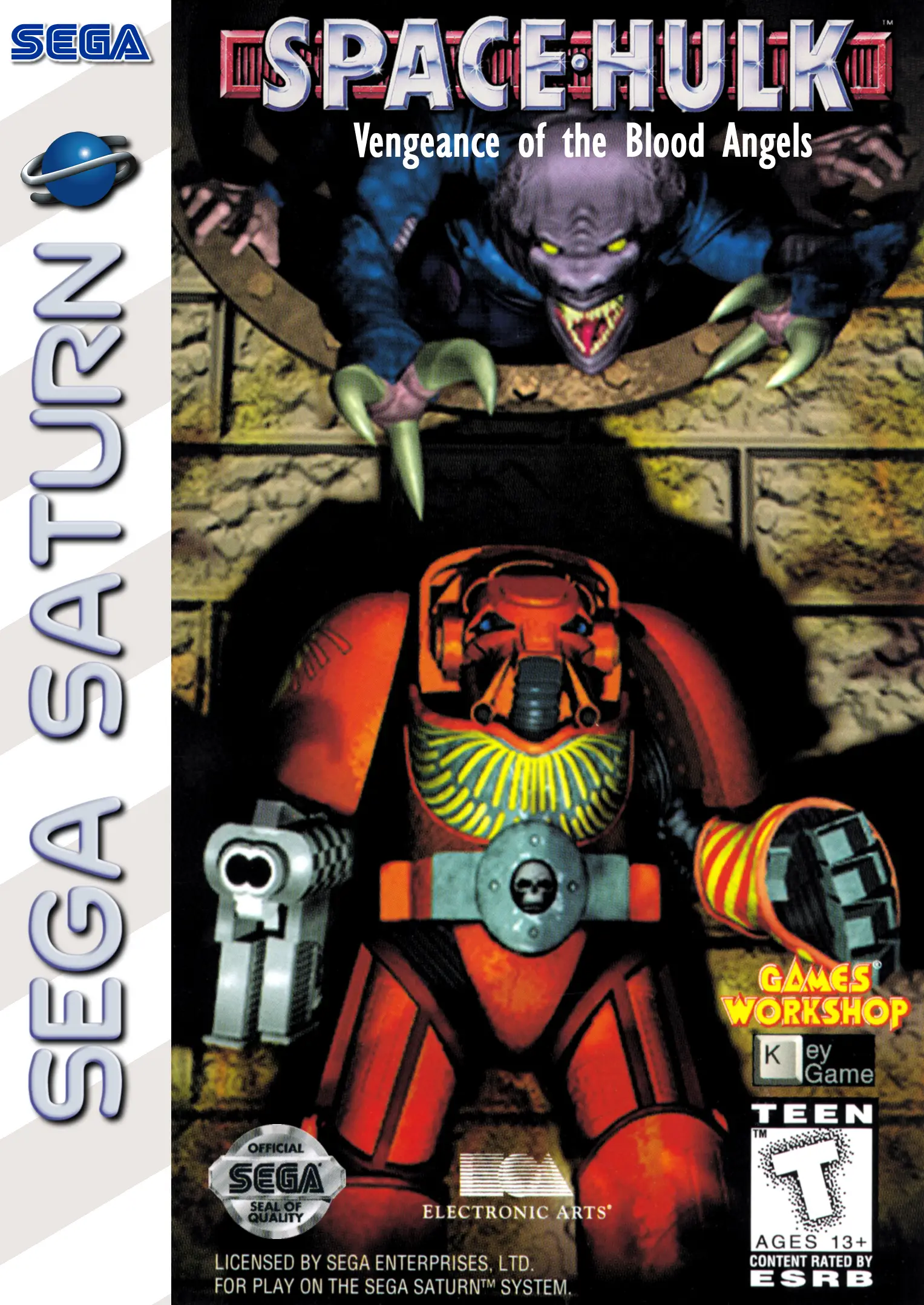
There are no reviews yet.